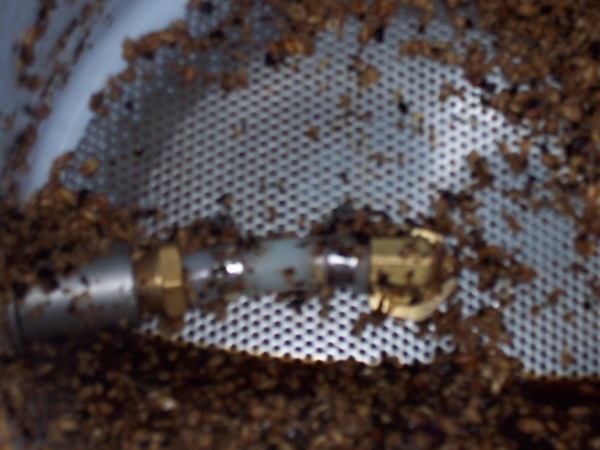Blender
Well-Known Member
AxegodAxegod said:I will be making the move from Extract to All grain in the next few weeks. I have been absorbing as much info as possible from here and other sites. I will make
a lauter-tun as per previous posts and this site :
http://cruisenews.net/brewing/infusion/page1.php
I do have have a few questions about this..and will ask once i get the 5 gallon
cooler. Hopefully in a few weeks I will be able to to give a total breakdown of parts and hopefully success. I figure the tun will cost about $75.00 CDN for the whole tun system. I may start a new thread once I get going...as this will be an AG and may not fit the mini-mash/extract thread topic.
Cheers at all for the valuable info thus far !

You should also check this site for easy batch sparging. I would recommend that if you batch sparge get a rectangular cooler. >> http://www.hbd.org/cascade/dennybrew/





